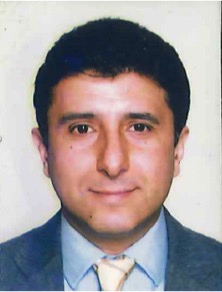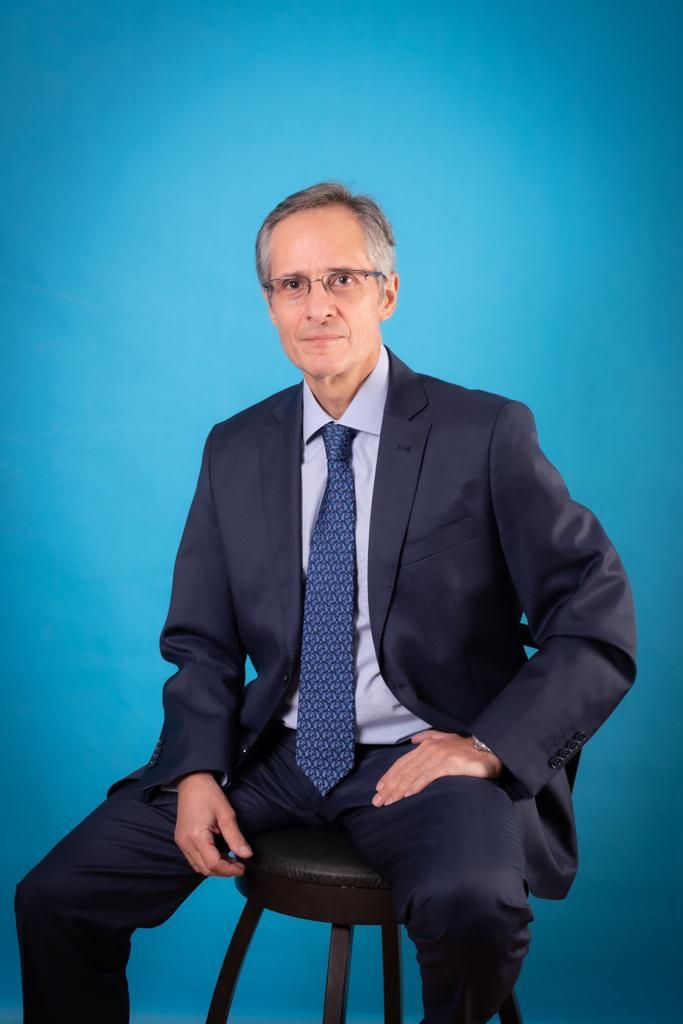
Severe influenza A(H1N1)pdm2009 virus infection cases are characterized by sustained immune activation during influenza pandemics. Seasonal flu data suggest that immune mediators could be modified by wave-related changes. Our aim was to determine the behavior of soluble and cell-related mediators in two waves at the epicenter of the 2009 influenza pandemic. Leukocyte surface activation markers were studied in serum from peripheral blood samples, collected from the 1(st) (April-May, 2009) and 2(nd) (October 2009-February 2010) pandemic waves. Patients with confirmed influenza A(H1N1)pdm2009 virus infection (H1N1), influenza-like illness (ILI) or healthy donors (H) were analyzed. Serum IL-6, IL-4 and IL-10 levels were elevated in H1N1 patients from the 2(nd) pandemic wave. Additionally, the frequency of helper and cytotoxic T cells was reduced during the 1(st) wave, whereas CD69 expression in helper T cells was increased in the 2(nd) wave for both H1N1 and ILI patients. In contrast, CD62L expression in granulocytes from the ILI group was increased in both waves but in monocytes only in the 2(nd) wave. Triggering Receptor Expressed on Myeloid cells (TREM)-1 expression was elevated only in H1N1 patients at the 1(st) wave. Our results show that during the 2009 influenza pandemic a T cell activation phenotype is observed in a wave-dependent fashion, with an expanded activation in the 2(nd) wave, compared to the 1(st) wave. Conversely, granulocyte and monocyte activation is infection-dependent. This evidence collected at the pandemic epicenter in 2009 could help us understand the differences in the underlying cellular mechanisms that drive the wave-related immune profile behaviors that occur against influenza viruses during pandemics. Copyright © 2015 IMSS. Published by Elsevier Inc. All rights reserved.










